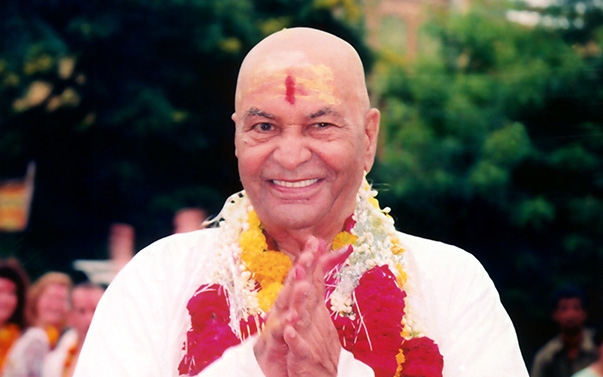Our Masters And Inspiration
Live towards Eternity…
Adhi Shankaracharya
Adi Shankaracharya (788 – 820 C.E.), also known as Adi Shankara or Shankara Bhagavatpada, was a famous Indian philosopher who had a great influence on the development and unification of Hinduism, its thoughts and principles. He is known for consolidating the Hindu philosophy of Advaita Vedanta and writing commentaries on the important Vedic texts such as the Upanishads, Bhagavad Gita and the Brahma Sutras. The keystone of the Advaita Vedanta is that the inner self, or the Atman, is the same as the Universal Reality, or Brahman.
Shankara thought that the purity and steadiness of mind achieved in yoga was an aid that could be combined with the study of the Upanishads in order to gain moksha (spiritual liberation). His method of yoga included withdrawal of mind from sense objects, but he rejected the idea of complete thought suppression. Instead, he suggested that yoga serve as a meditative exercise in which withdrawal from the particular led to identification with the Universal, resulting in contemplation of one’s Self in the most universal sense possible: pure Consciousness.
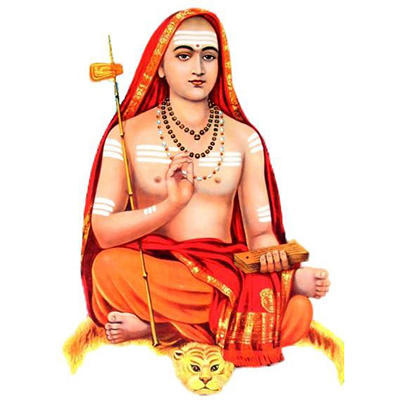
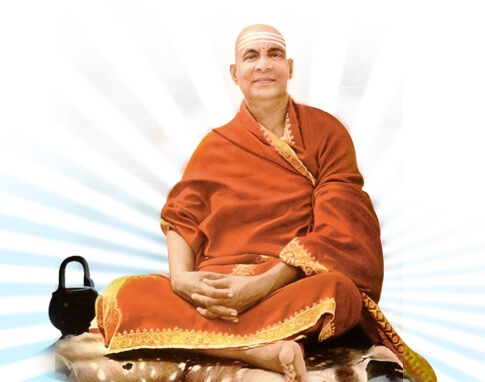
Swami Sivananda Saraswathi
Sri Swami Sivananda Saraswati was born at Pattamadai, (Tamil Nadu) in 1887. After serving as a medical doctor in Malaya, he renounced his practice to answer the spiritual call, which brought him to the Himalayas. He settled in the sacred valley of Rishikesh and was initiated into the Dashnami Sannyasa tradition in 1924 by Swami Vishwananda Saraswati.
In subsequent years he wrote hundreds of books and articles on yoga and spirituality to maintain and introduce yogic values in the minds of the general public. His emphasis was on bringing the spiritual and yogic teachings to all without distinction, for health, peace of mind or spiritual upliftment.
Sri Swami Sivananda Saraswati’s teachings inspired people across the globe to practice yoga and lead a divine life. He founded the Divine Life Society at Rishikesh in 1936, the Sivananda Ayurvedic Pharmacy in 1945, the Yoga Vedanta Forest Academy in 1948, the Sivananda Eye Hospital in 1957 and attained Maha Samadhi on 14th July 1963.
Sri Swami Sivananda never left the shores of India but today he is known all over the world for his spiritual wisdom and clarity.
T.Krishnamacharya
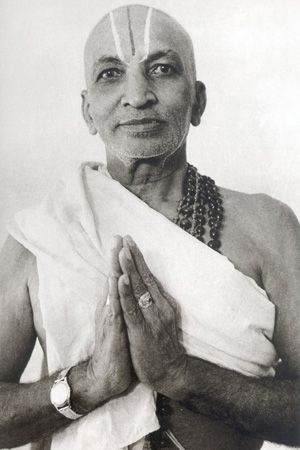
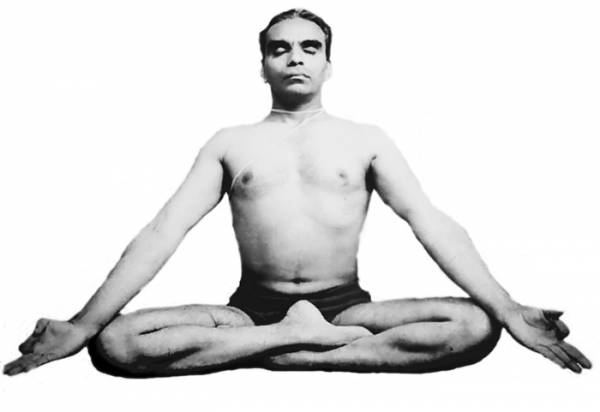
Yogacharya B.K.S.Iyengar
B.N.S. Iyenkar
Sri BNS Iyengar has practiced Yoga for over 70 years. He was a young man during the early days of Ashtanga Vinyasa Yoga in Mysore, and studied directly with Sri T. Krishnamacharya and Sri K. Pattabhi Jois. He is the oldest living teacher of Ashtanga Vinyasa Yoga and the last link to that early peer group and cultural paradigm. For yoga students who are interested in learning traditional Ashtanga Vinyasa Yoga he has a lot to offer. Guruji is a Sanskrit scholar. (Guruji means “Teacher Sir” and is a title given to senior teachers in Indian culture, especially Yoga teachers.) He has a vast knowledge of Sanskrit and the ancient scriptures connected with Yoga. Guruji is gifted in his ability to convey an authentic and traditional view of yoga to his students and teaches with chanting, amazing stories and a mischievous grin. Studying under his guidance offers an opportunity to learn Asana, as well as Pranayama, Mudra, Philosophy and other subjects that are part of Ashtanga Vinyasa Yoga but not commonly taught to foreign students. By studying with Sri BNS Iyengar foreign students can experience the cultural background that the practice of Ashtanga Vinyasa Yoga evolved from, and go deeply into all aspects of Yoga.
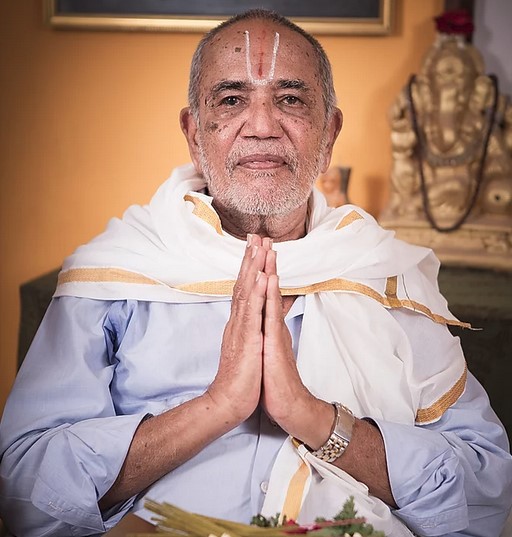
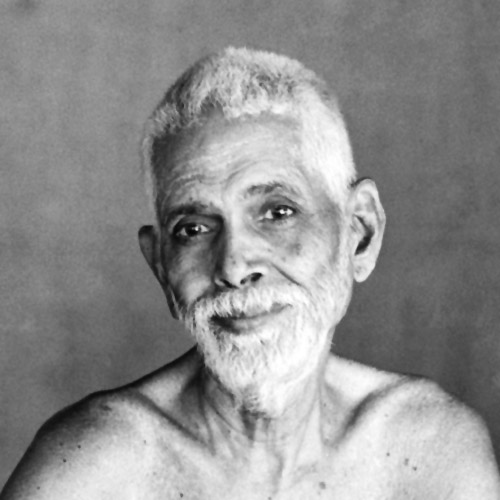
Ramana Maharshi
At the age of 16, Sri Ramana Maharshi (1879-1950), named Venkataraman at birth, had an intense spiritual experience involving a sudden and overwhelming fear of death. He went into the experience and it became the death of his ego, which invoked a flood of Self-awareness. Soon after, he left home for Arunachala – a South Indian mountain whose very name had mysteriously called to him as a holy place worth seeking – to pursue a purely spiritual life. He spent his time in deep meditation, often entering high states of consciousness and samadhi. Eventually he settled on the slopes of Arunachala and his followers built an ashram around him. He answered their questions and commented on the spiritual works they presented him, but always with the same simple issue, pointing to the source of our thoughts summed up in the question: “Who am I?.” Ramana Maharshi’s teachings are fundamental in Hridaya Yoga.
Several of Ramana Maharshi’s devotees recorded the advice and information he tirelessly provided to those who visited him. These teachings have been published in several books (whose titles can be found in the Suggested Reading list). Below we share selected excerpts that give a feeling for the perspective of this great jnana yoga master.
H.W.L. Poonjaji (Papaji)
One of the major Indian gurus of the twentieth century, Sri H.W.L. Poonja, or Poonjaji, or affectionately called Papaji, was not affiliated with any formal Indian tradition or lineage. His mother initiated him into the path of Bhakti Yoga through devotion of Krishna; for many years, he travelled throughout India seeking teachers who could provide an instant glimpse, a darshan, of the divine.
Guru was born on October 13, 1910, 910 in Gujranwalla, in the western Punjab, which is now in Pakistan, in a pious family of Saraswat Brahmins. Swami Rama Tirtha, another prominent spiritual teacher was his maternal uncle. Hence, it is possible that his family background might have predisposed him to spirituality from an early age. According to his biographers he had an early experience of the Self at the age of eight or nine.
